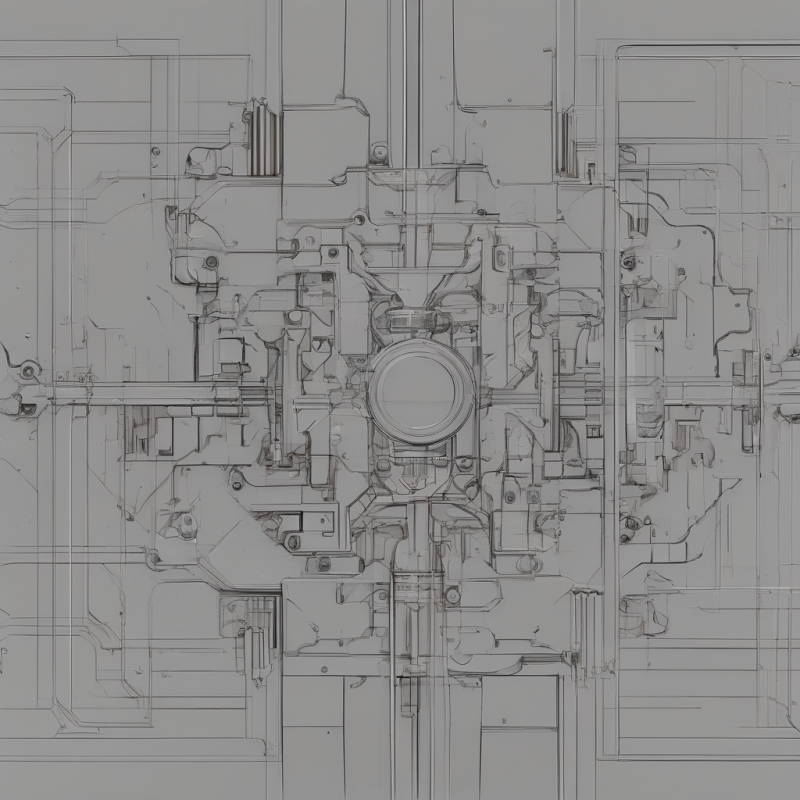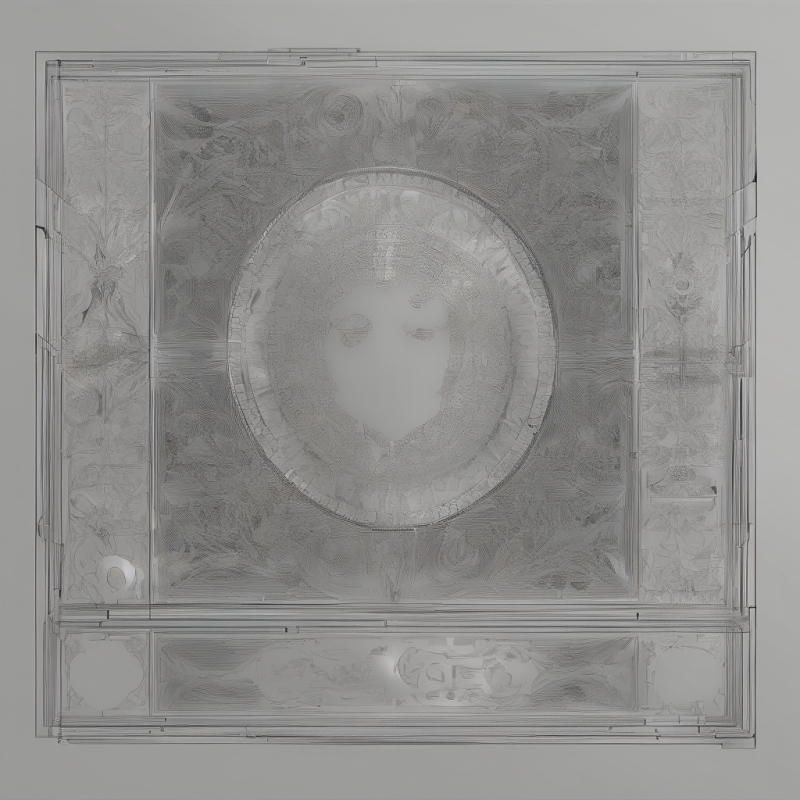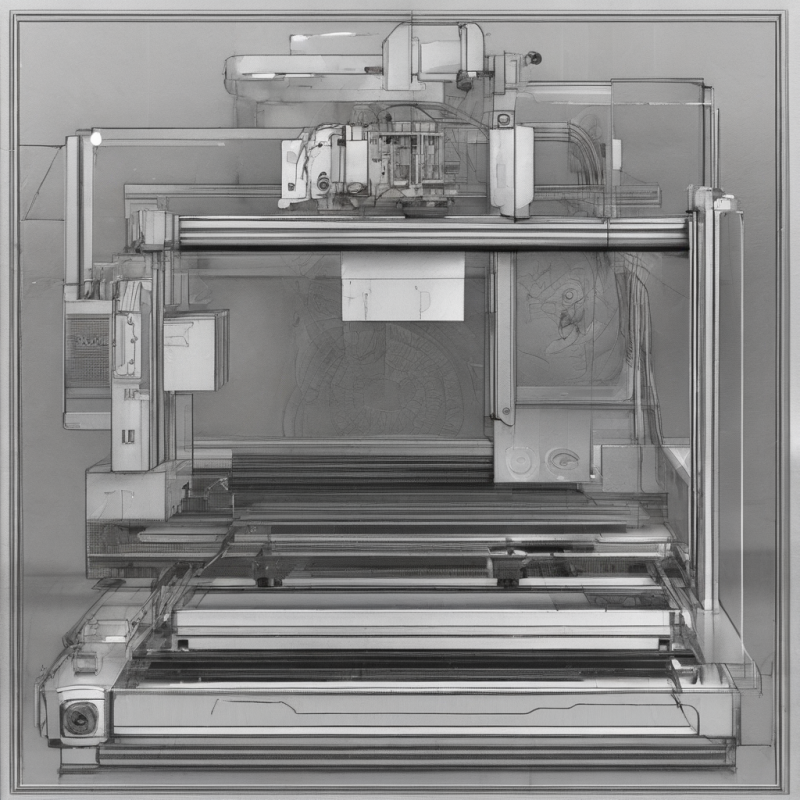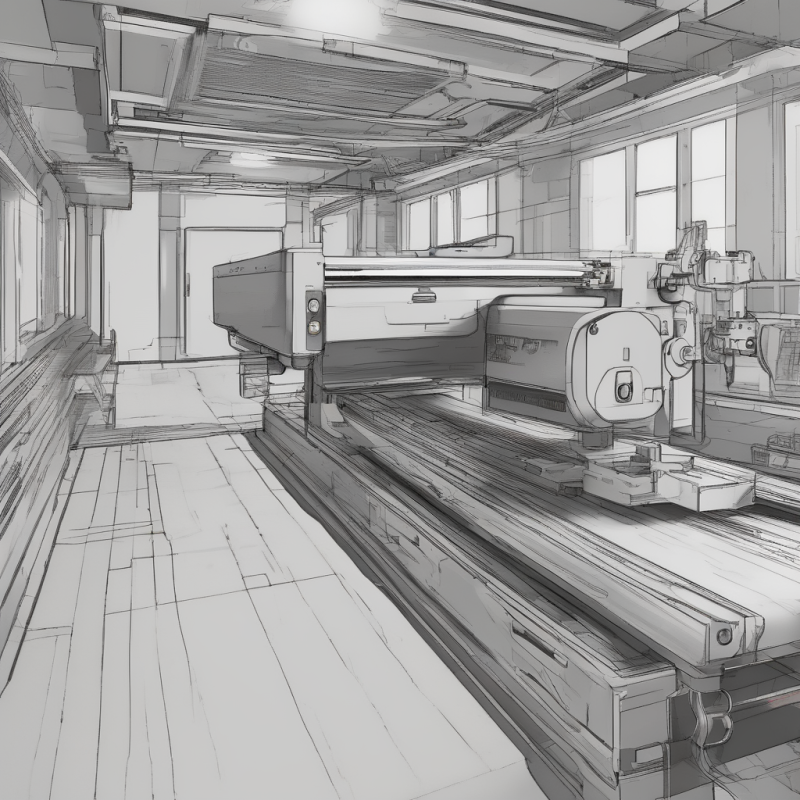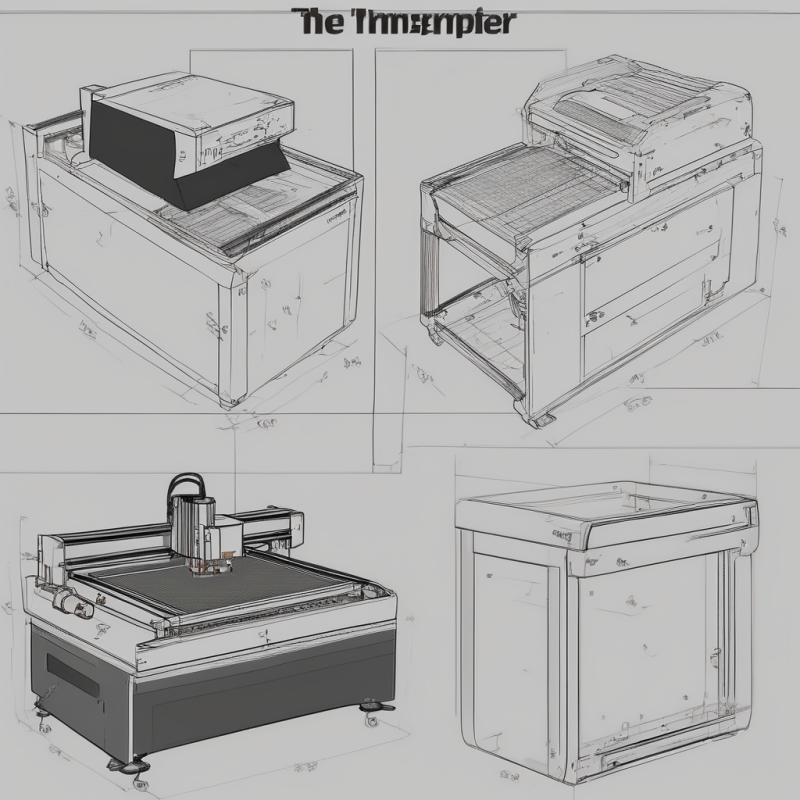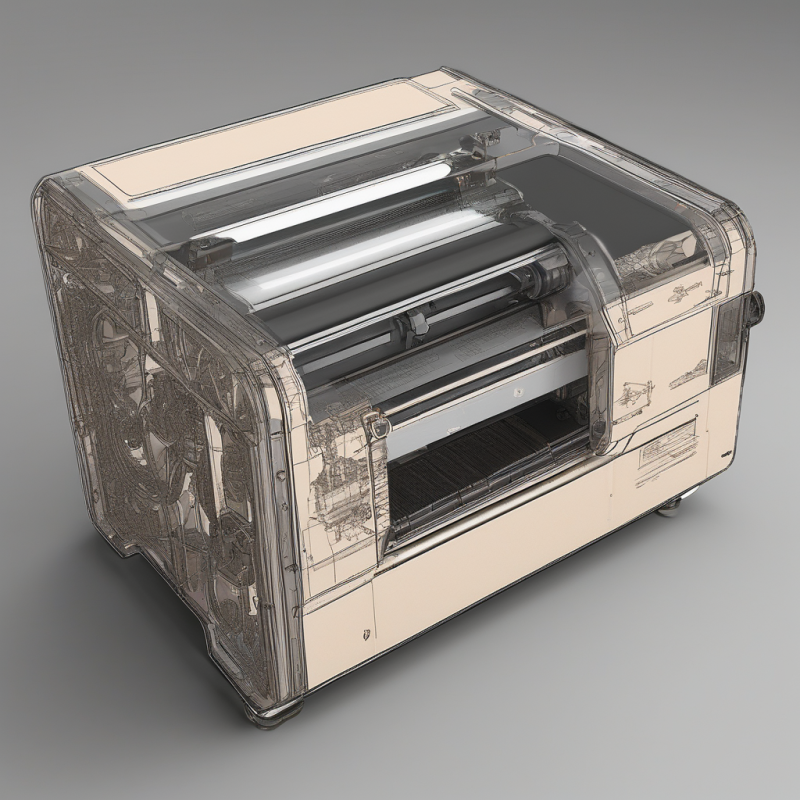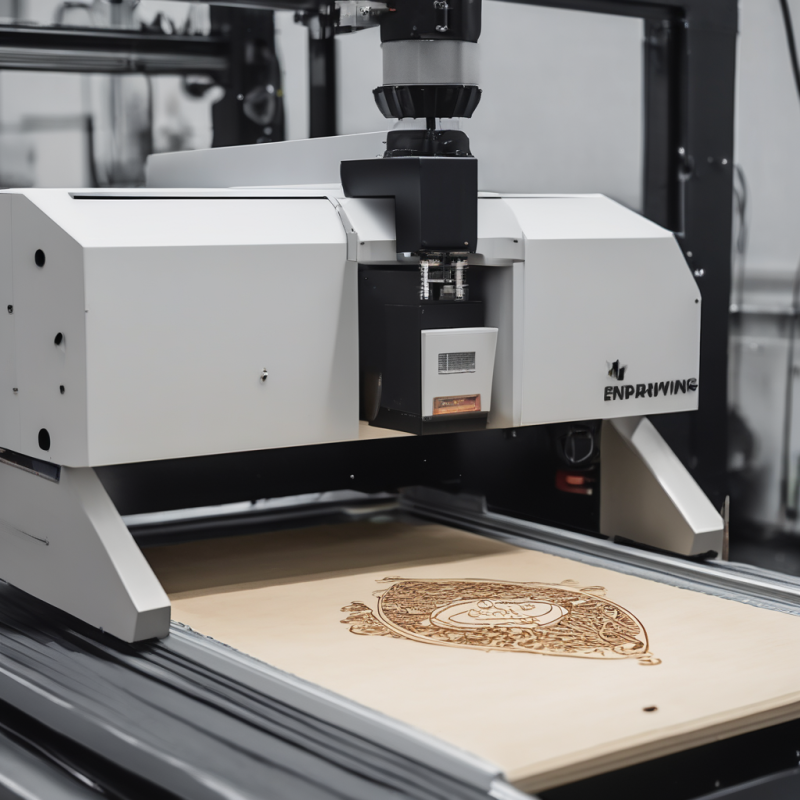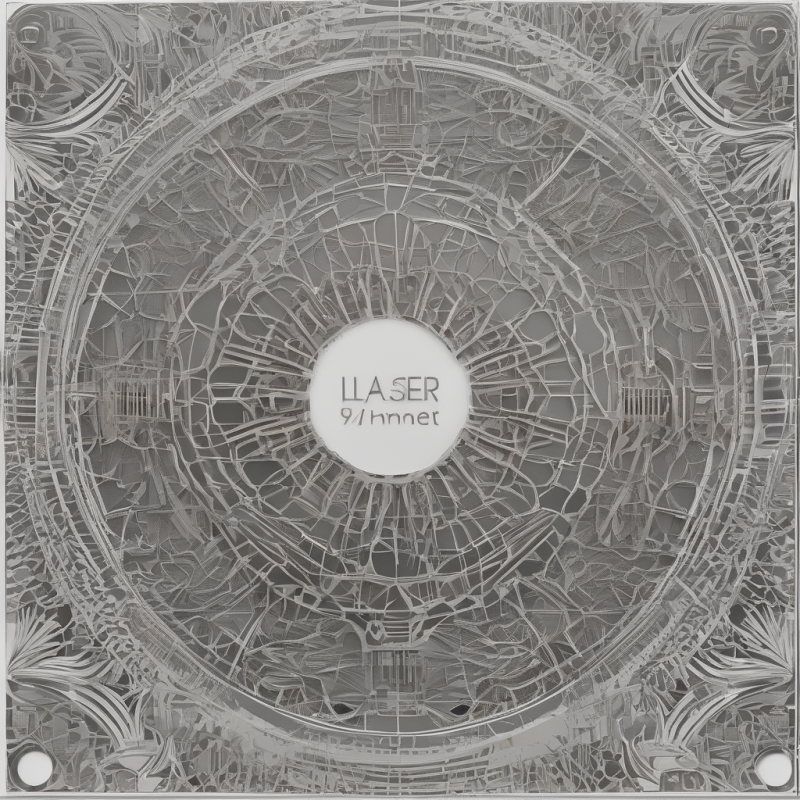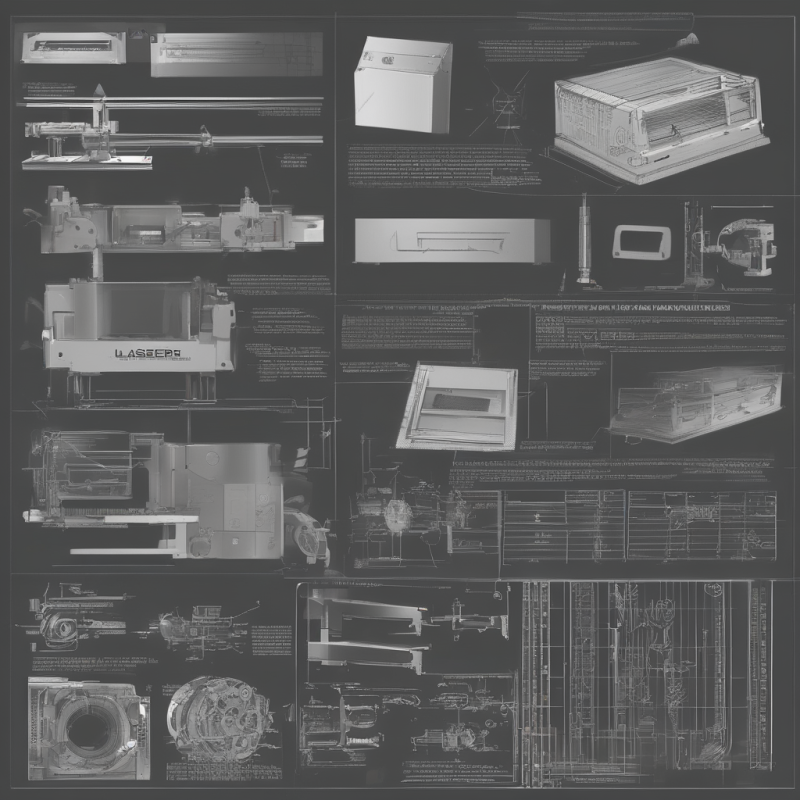Exploring Laser Engraving in 3D Printing
The world of laser engrave technology has revolutionized how we create intricate designs on materials like acrylic, wood, and metal. When combined with 3D print, this innovation opens up endless possibilities for customizing objects with precision and creativity. If you’re wondering how laser engraving enhances 3D printing or what benefits it offers, read on to discover the fascinating intersection of these two technologies.
What is Laser Engraving?
Laser engraving is a process that uses high-powered lasers to etch designs, text, or patterns onto various materials. Unlike traditional methods, laser engraving offers unmatched precision and speed, making it ideal for creating detailed and durable markings. This technology is widely used in industries such as jewelry-making, sign-making, and prototyping due to its versatility and accuracy.
When combined with 3D print, laser engraving allows users to add intricate details to three-dimensional objects. Whether you’re creating a custom trophy, a decorative item, or a functional prototype, laser engraving ensures that your designs are visually stunning and highly durable.
How Does Laser Engraving Work?
Before diving into the specifics of combining laser engraving with 3D printing, it’s essential to understand how laser engraving works. The process involves directing a focused laser beam at the surface of the material. The laser heats the material, causing it to vaporize or change color, leaving behind a permanent mark.
Modern laser engravers, like the LaserHawk LH1 Pro, are equipped with advanced software that allows users to create and customize designs digitally. This makes it easier than ever to achieve complex patterns and text. The machine then translates these digital designs into precise physical engravings on your chosen material.
Combining Laser Engraving with 3D Printing
The integration of laser engraving and 3D print technology is a game-changer for creators and manufacturers. By combining these two processes, you can create objects that are not only functional but also visually appealing. Here’s how the process works:
- Design Creation: Start by creating or importing your 3D design into compatible software. This could be anything from a simple geometric shape to a complex mechanical part.
- 3D Printing: Use your 3D printer to create the physical object. Most materials used in 3D printing, such as PLA, ABS, or resin, are suitable for laser engraving.
- Laser Engraving: Once the 3D print is complete, use a laser engraver like the LaserHawk LH1 Pro to add detailed engravings. This step allows you to customize your object with text, patterns, or artwork.
This combination enables creators to produce items that are both functional and aesthetically pleasing. For example, you could create a custom-designed phone case with a unique engraved pattern or a decorative figurine with intricate details.
Benefits of Laser Engraving in 3D Printing
The integration of laser engraving into the 3D print process offers numerous advantages:
- Precision and Detail: Laser engraving allows for incredibly fine details, making it possible to create complex designs that would be difficult or impossible to achieve manually.
- Durability: Unlike traditional inks or paints, laser engravings are permanent and resistant to fading or wear.
- Customization: With laser engraving, you can personalize your 3D prints with unique patterns, logos, or text, making each piece one-of-a-kind.
- Versatility: Laser engraving works on a wide range of materials, including plastics, metals, and wood, giving you flexibility in your creative projects.
Challenges and Limitations
While laser engraving offers many benefits, there are some challenges to consider:
- Material Compatibility: Not all materials are suitable for laser engraving. For example, certain types of plastic may melt or discolor under the laser’s heat.
- Setup and Calibration: Ensuring that your laser engraver is properly calibrated can be a bit tricky, especially if you’re new to the process.
- Cost and Maintenance: High-quality laser engravers like the LaserHawk LH1 Pro require an initial investment and ongoing maintenance to ensure optimal performance.
Applications of Laser Engraving in 3D Printing
The combination of laser engraving and 3D print technology has a wide range of applications:
- Custom Jewelry: Create unique pieces with intricate engravings, such as wedding rings or pendants.
- Prototyping: Add detailed markings to prototypes for testing purposes.
- Decorative Items: Produce decorative objects like vases, sculptures, or wall art with custom designs.
- Industrial Parts: Engrave serial numbers, instructions, or safety warnings onto 3D-printed parts.
Choosing the Right Laser Engraver
When selecting a laser engraver for your 3D print projects, consider factors such as power output, compatibility with your materials, and ease of use. The LaserHawk LH1 Pro, for example, is designed to work seamlessly with a variety of materials and offers intuitive software for creating custom designs.
Conclusion
The integration of laser engraving into the 3D print process has opened up new avenues for creativity and customization. By combining these two technologies, you can produce objects that are both functional and visually stunning. Whether you’re a hobbyist or a professional creator, investing in a high-quality laser engraver like the LaserHawk LH1 Pro can take your projects to the next level.
So, if you’re ready to explore the world of laser engraving and 3D print, it’s time to start designing and creating!


